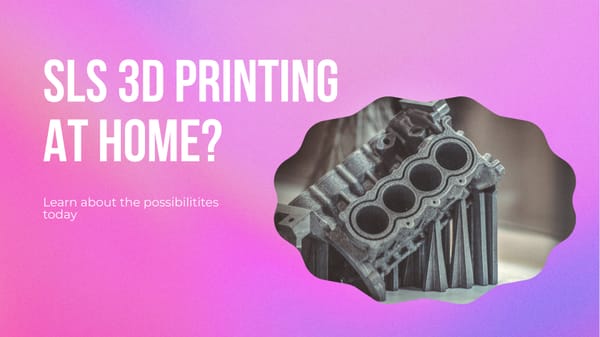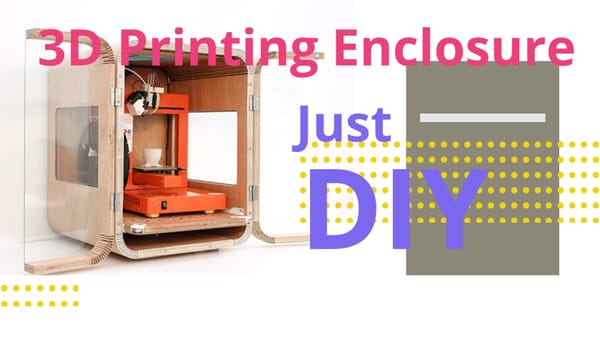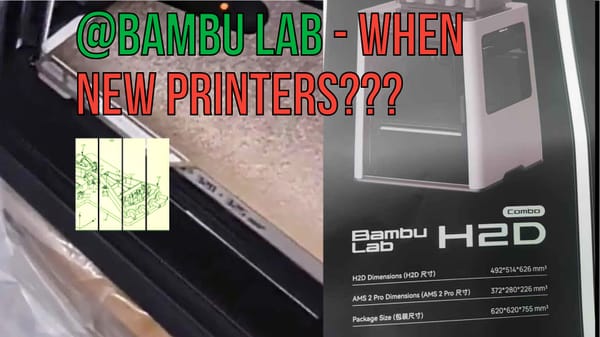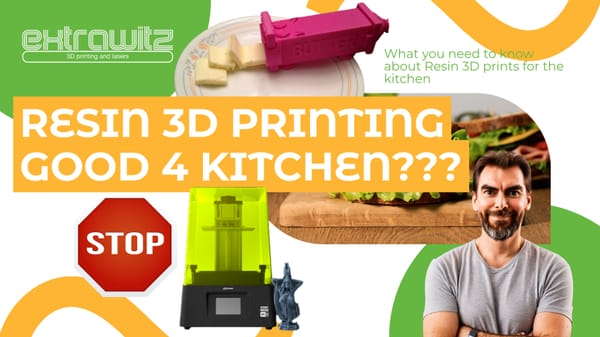Revolutionizing 3D Modeling and Animation: The Latest Breakthroughs in AI-Powered Design Workflows
Autodesk’s new AI-powered design workflow transforms the world of 3D modeling and animation with automation, intelligence, collaboration tools, and integration with other Autodesk products. This technology has the potential to transform various industries and increase productivity and efficiency.
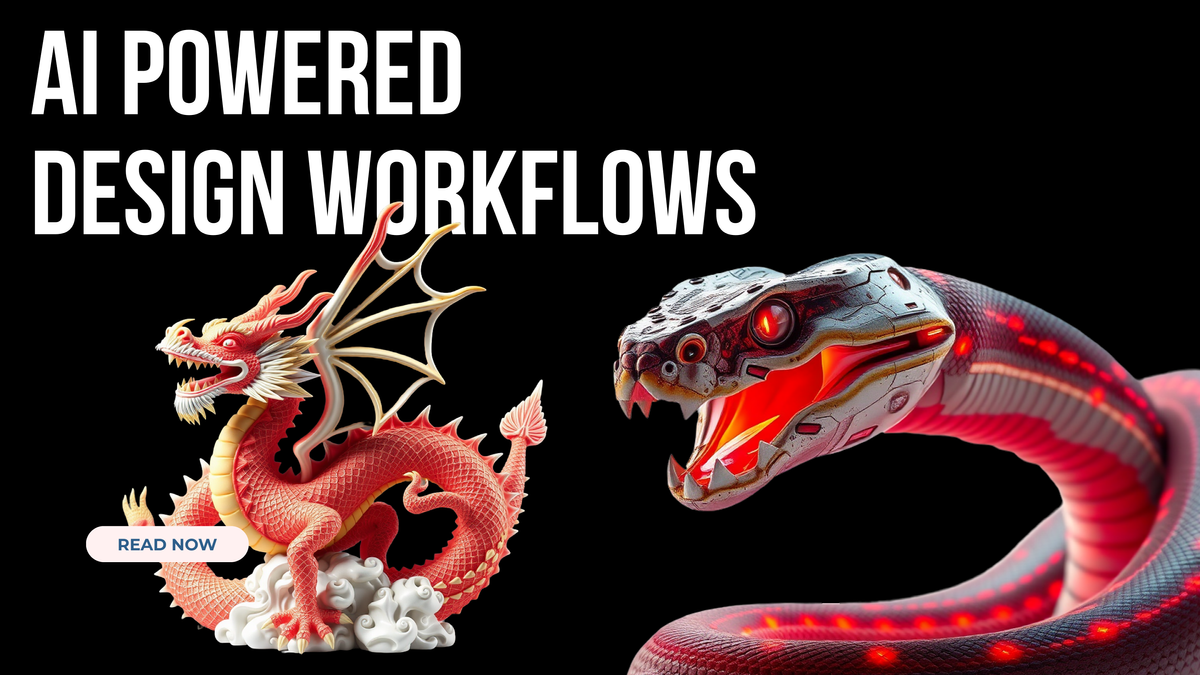
The world of 3D modeling and animation has come a long way since its inception. From the early days of computer-aided design (CAD) to the sophisticated Machine Learning (ML) algorithms used today, the industry has undergone significant transformations. One of the most recent breakthroughs in this field is Autodesk’s new AI-powered workflow, designed to revolutionize 3D modeling and animation.
The Evolution of 3D Modeling
3D modeling and animation have become increasingly crucial for various industries, including film, gaming, architecture, engineering, and product design. The demand for high-quality 3D content has grown exponentially, driven by the need for immersive experiences in virtual reality (VR) and augmented reality (AR).
The traditional 3D modeling process involves creating complex models using software like Autodesk Maya, Blender, or 3ds Max. This process requires a significant amount of time, effort, and expertise, often resulting in high costs and delays.
The Role of AI in 3D Modeling
Artificial intelligence (AI) has been transforming various industries, and Computer-Aided Design (CAD) is no exception. Autodesk’s new AI-powered workflow uses Deep Learning (DL) algorithms to automate many tasks involved in 3D modeling, reducing manual labor and increasing productivity.
The workflow integrates with other Autodesk products, such as Fusion 360, allowing designers to leverage the power of AI while maintaining their existing workflows. This integration enables seamless collaboration among team members, enhancing communication and reducing errors.
Key Features of Autodesk’s AI-Powered Workflow
Autodesk’s new AI-powered workflow offers several key features that make it an attractive solution for designers and artists:
- Automation: Reduces manual labor and increases productivity
- Intelligence: Provides insights and suggestions to improve designs
- Collaboration tools: Enables seamless communication among team members
- Integration with other Autodesk products: Allows designers to leverage the power of AI while maintaining their existing workflows
Benefits for Designers and Artists
The benefits of using AI-powered workflows are numerous, including:
- Increased productivity and efficiency: By automating many tasks, designers can focus on high-level creative decisions
- Improved accuracy and precision: Machine Learning algorithms analyze data to ensure accurate and precise designs
- Enhanced creativity and innovation: AI-powered workflows provide new tools and techniques for designers to explore and experiment with
- Better collaboration and communication among team members: Integrated collaboration tools enable seamless communication and reduce errors
Case Studies and Examples
Several companies have successfully implemented Autodesk’s AI-powered workflow, achieving impressive results:
- Architecture: Improved building design and planning by up to 30%
- Product design: Enhanced product development and prototyping by up to 50%
- Visual effects: Accelerated animation and rendering processes by up to 70%
These case studies demonstrate the effectiveness of Autodesk’s AI-powered workflow in various industries. By adopting this technology, companies can improve their workflows, reduce costs, and increase productivity.
Industry Impact and Future Developments
The impact of AI-powered design workflows will be significant, with far-reaching consequences for the Computer-Aided Design (CAD) industry as a whole:
- Increased adoption and standardization: As more companies adopt AI-powered workflows, standardization will become increasingly important
- New business opportunities and revenue streams: Companies that can offer AI-powered design services will capture new markets and increase revenue
- Shifts in skill sets and job requirements for designers and artists: The increasing use of AI will require designers to develop new skills and adapt to changing workflows
Expert Predictions
Industry experts predict significant advancements in AI-powered design workflows in the coming years:
- “The integration of Machine Learning (ML) algorithms with CAD software will revolutionize the industry. We can expect to see more sophisticated tools and techniques emerge as companies continue to invest in research and development.”
- “As AI becomes more prevalent, we’ll see a shift towards more collaborative workflows. Designers will need to develop new skills to work effectively within these environments.”
Conclusion
Autodesk’s new AI-powered workflow is set to revolutionize 3D modeling and animation. By automating many tasks, providing insights and suggestions, and enabling seamless collaboration among team members, this technology has the potential to transform various industries.
While there are still challenges to overcome, the benefits of using AI-powered workflows are clear:
- Increased productivity and efficiency
- Improved accuracy and precision
- Enhanced creativity and innovation
- Better collaboration and communication among team members
As the industry continues to evolve, it’s essential for designers and artists to stay ahead of the curve. By embracing new technologies like Deep Learning (DL) algorithms and Machine Learning (ML), companies can improve their workflows, reduce costs, and increase productivity.
Best,
extrawitz

